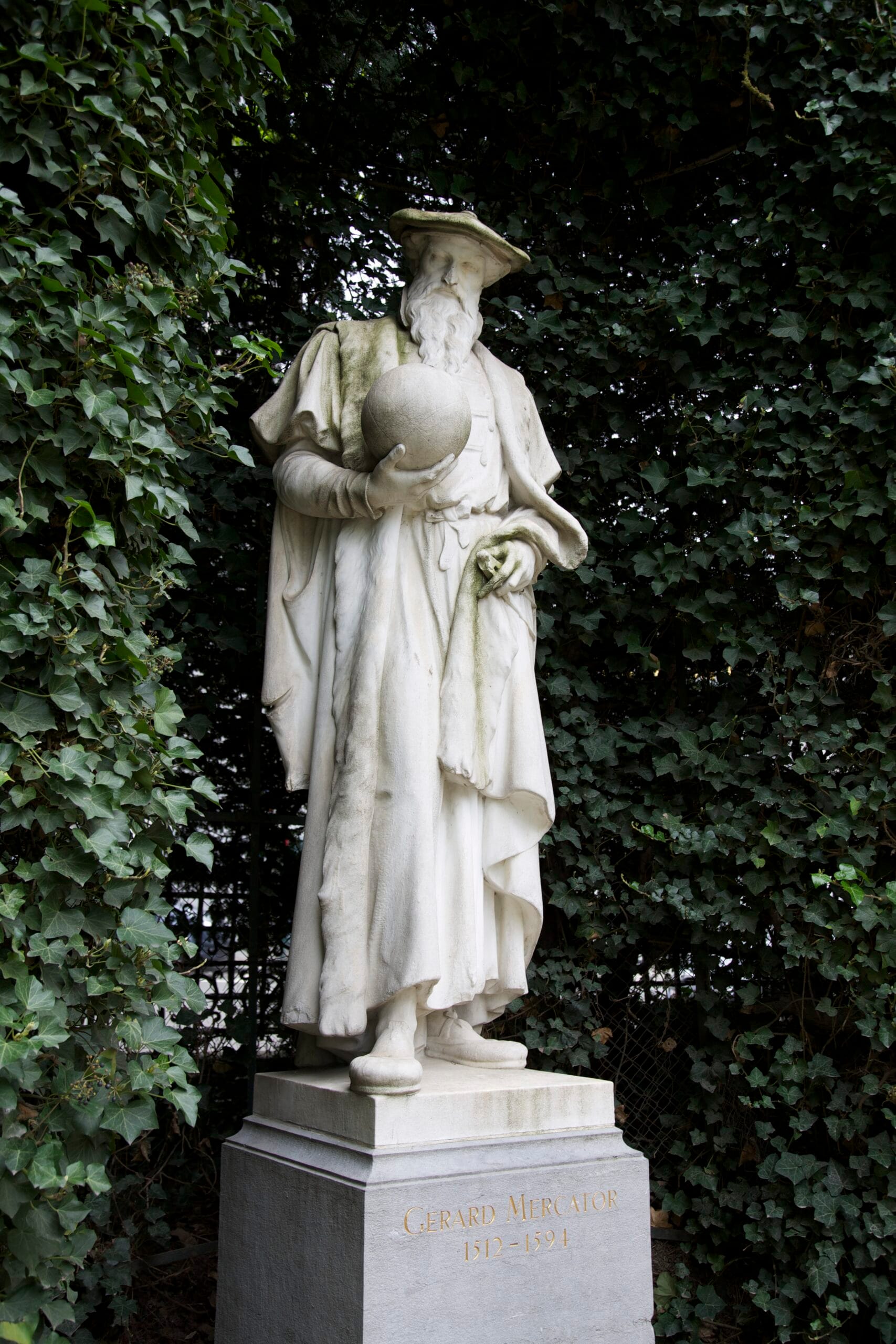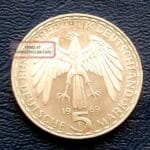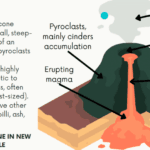Mercator Coinage: Honoring the Mapmaking Master
Stepping away from traditional maps, we enter the captivating world of coins featuring the legendary cartographer, Gerardus Mercator. These coins offer more than just collectible appeal; they hold historical weight and tell fascinating tales. Let’s embark on a journey to uncover the captivating world of Mercator coinage – a realm where the art of mapmaking intertwines with the allure of numismatics.
The renowned Gerardus Mercator coin is a commemorative tribute to the renowned cartographer and geographer.
These commemorative coins are far from ordinary pocket change. Crafted by various countries to honor the man who reshaped our world view, they stand as tiny, metallic tributes to Mercator’s groundbreaking work.
What Makes Mercator Coins So Special?
Several key features make these coins stand out for collectors and history enthusiasts alike:
-
Mercator’s Likeness: Envision holding a coin bearing Mercator’s portrait – a miniature glimpse into the face of cartographic history. Some depictions are strikingly realistic, while others take on a more stylized, artistic approach.
-
The Iconic Projection: Certain coins showcase Mercator’s revolutionary map projection – a miniature reminder of how he transformed navigation and our understanding of the globe.
-
Tools of the Trade: Imagine coins featuring globes, compasses, and other instruments integral to Mercator’s work – a captivating glimpse into the world of a master cartographer.
The Allure of Collecting Mercator Coinage
Mercator coinage is highly sought after by collectors. Like any prized collectible, a coin’s value can skyrocket based on rarity, condition, and historical significance. Consider these factors:
-
Authenticity is Paramount: Ensuring a coin’s genuineness is crucial. Collectors and enthusiasts must be wary of counterfeits and rely on reputable sources.
-
Condition Determines Value: Like a vintage artifact, a coin’s condition dramatically impacts its worth. A well-preserved coin is a rare treasure, often commanding a premium price.
-
Rarity Drives Desirability: The scarcer the coin, the more desirable it becomes. Mintage numbers play a crucial role, as coins produced in limited quantities are highly sought after by collectors.
Beyond their monetary value, Mercator coins offer a tangible connection to a legacy:
-
A Navigation Revolution: They serve as reminders of how Mercator’s projection revolutionized seafaring and made global exploration possible. Each coin becomes a miniature testament to the history of navigation.
-
Maps on Money: They showcase the intriguing evolution of maps and globes depicted on coinage, emphasizing Mercator’s pivotal role in this enduring tradition.
For those seeking a unique avenue to explore history, cartography, and perhaps even embark on a rewarding collecting journey, Mercator coinage offers an exceptional starting point. Owning one of these coins provides a tangible connection to Mercator’s enduring impact, allowing us to hold a piece of his legacy in the palm of our hand.
What Made Gerardus Mercator a Cartographic Pioneer?
Gerardus Mercator, a 16th-century rockstar cartographer, didn’t merely draw maps; he revolutionized how we perceive and navigate the world. His most significant contribution? The ingenious “Mercator projection,” a mapping method that remains a cornerstone of nautical charts. Imagine the ability to sail across vast oceans using a map that allowed for plotting a straight course! That was the magic of Mercator’s creation.
His brilliance extended beyond this singular achievement. Mercator introduced the concept of the “atlas” – those indispensable collections of maps we rely on today. A true Renaissance man, he crafted exquisite globes, maps brimming with artistry, and penned numerous works exploring geography, philosophy, and even theology. His intellectual curiosity and output were astounding.
However, the Mercator projection, while groundbreaking, is not without its complexities. Critics argue that it distorts the size of landmasses, especially those further from the equator, making them appear larger than they are. This distortion has fueled debate about the projection’s accuracy and whether it inherently carries a degree of Eurocentrism. Mercator’s story reminds us that even the most brilliant innovations can have unintended consequences, sparking discussions that continue to shape our understanding of maps and their impact on our worldview.
How Did Gerardus Mercator Solve the Navigational Puzzle?
Picture yourself sailing across a vast ocean in the 1500s, guided only by a compass and a map. This was the reality for sailors before Gerardus Mercator’s groundbreaking work. The maps of that era were often inaccurate, making long-distance sea travel a perilous endeavor. Mercator tackled this navigational challenge head-on with his revolutionary Mercator projection.
Sailors relied on compasses to navigate, requiring maps that translated compass bearings into straight lines for plotting their courses. However, representing the Earth’s spherical surface on a flat map posed a significant challenge. Existing maps distorted these compass lines, rendering accurate navigation nearly impossible.
Mercator’s breakthrough involved projecting the Earth’s curved surface onto a flat plane while ensuring that compass bearings remained straight lines. This ingenious solution allowed sailors to chart their routes accurately using a simple compass and ruler, greatly simplifying navigation and making voyages significantly safer.
Think of attempting to flatten an orange peel. You can try to make it lay flat, but it will inevitably tear or stretch. This is the challenge mapmakers faced before Mercator’s innovation. He discovered a method to “peel” the Earth in a way that, while distorting the size of landmasses, maintained accurate directions for seafarers.
The Mercator projection proved to be a game-changer, particularly during the Age of Exploration. It empowered explorers to venture across the globe with greater confidence, leading to new discoveries and the expansion of trade routes. While not without flaws – its distortion of landmass size, especially near the poles, is well-documented – the Mercator projection’s impact on navigation and our understanding of the world is undeniable. Its use continues in navigation and mapmaking even today.
Mercator’s Achievement – A Recap
- Problem: Inaccurate maps made long-distance sea travel unreliable and dangerous.
- Solution: Mercator’s projection preserved compass bearings as straight lines on maps, simplifying navigation.
- Impact: Sailors could plot courses accurately, enhancing the safety and efficiency of sea travel. This spurred the Age of Exploration and transformed our understanding of the world.
- Legacy: Despite its limitations, the Mercator projection remains a valuable tool in navigation and a testament to Mercator’s enduring impact on cartography.
Decoding the Distinctive Traits of Mercator Coins
Building on our exploration of Mercator coinage, let’s delve deeper into the unique characteristics that make these coins so compelling. They are more than just metallic artifacts; they embody a pivotal moment in how we came to understand our planet, thanks to the man whose image they often bear – Gerardus Mercator.
Several key characteristics define Mercator coins:
-
Homage to the Mapmaker: Holding a Mercator coin, you’re holding a piece of history – often adorned with his portrait, iconic map projections, or tools of his trade. They serve as miniature tributes to his genius and enduring legacy.
-
More Than Currency: These coins, while likely circulated in everyday transactions in their time, now hold value far surpassing their original worth. Rarity, preservation, and historical significance are the primary factors determining their value. Older and rarer coins are the most sought-after treasures.
-
A Collector’s Dream: Mercator coins are highly coveted by history aficionados and numismatists. They represent a tangible link to the era when Mercator’s groundbreaking projection was reshaping the world.
-
Echoes of Exploration: Mercator’s projection transcended being merely a novel way to visualize the world. His maps facilitated more accurate navigation, enabling explorers to chart courses across vast oceans, leading to new discoveries and expanding our knowledge of the globe. Owning a Mercator coin is akin to owning a fragment of this historical narrative.
-
Cartographic Art in Miniature: Beyond portraits, Mercator coins frequently feature intricate map designs, globes, compasses, and other symbols of cartography. They stand as a testament to the enduring legacy of Mercator’s work, highlighting its impact beyond maps and into the realm of art and coinage.
These coins offer us a glimpse into a pivotal period when our understanding of the world was undergoing a profound transformation. Collecting and studying them is a rewarding experience, connecting us to the past and showcasing the power of human ingenuity.
- Unveiling Bernhard Caesar Einstein’s Scientific Achievements: A Legacy in Engineering - July 15, 2025
- Uncover who is Jerry McSorley: CEO, Family Man, Business Success Story - July 15, 2025
- Discover Bernhard Caesar Einstein’s Scientific Contributions: Unveiling a Legacy Beyond Einstein - July 15, 2025
















1 thought on “Beyond the Mercator Projection: Exploring the Value and History of Mercator Coinage”
Comments are closed.